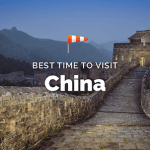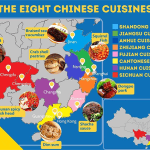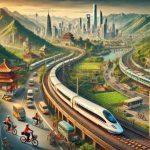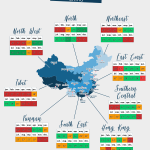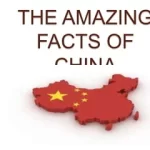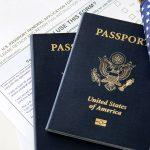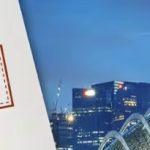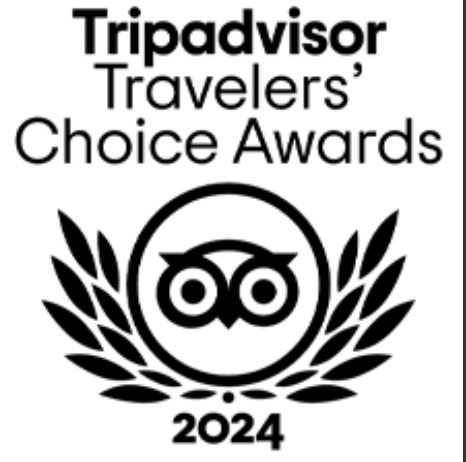Beijing is a great place for shopping. From the latest fashions to fine arts to more types of tea than you can think of, it is most likely that it can be found in the capital.
Here are 10 streets for great shopping as recommended by Discover Beijing Tours
Liulichang Street

If you have an interest in calligraphy and art, china or traditional Chinese ornaments, and you’re looking for a memento of your trip other than Olympic souvenirs, Liulichang is highly recommended — and don’t forget to try on the eye-catching jewelry if you fancy something.
Almost 100 traditional-style shops on both sides of the street will take you away from the bustle of modern life into a Qing bazaar.
Shishahai Bar Street

The 200-meter-long alley is lit by palace lanterns glowing above the steps of the small shops. The establishments here mainly win the hearts of shoppers for their collection of designed stationery, jewellery, stylish clothing and accessories, which shop owners have gathered in their journeys to such areas as China’s southern Yunnan province, Tibet, India and Nepal. Its highly possible that what you pick up here will not be found anywhere else in the world.
Nanluoguxiang, South Gong and Drum Lane

It is up to you to push open the wooden doors to the shops and discover fine silk shawls and various handicrafts designed by local artists. Like some of its counterparts in Beijing, Nanluoguxiang is also featured by its fusion of the modern and old, East and West. Among the popular shops is the t-shirt store Plastered. Its British owner has Chinese characters of the famous Beijing dish gong bao ji ding, or kung pao chicken, printed on white t-shirts and it sells well.
Creativity is a major attraction of Nanluoguxiang as many shops are owned and run by local designers and artists. Places like Le Tian and Shi Jie specialize in handmade potteries. At 55 Nanluoguxiang you may ask craftsmen to make old Beijing paper-cut works in accordance with your own design. Clothing shops like Shanghai Tailor offers custom-made outfits. We recommend you have an on-line tour at Nanluoguxiang’s English website (www.nlgx.org) beforehand. It contains a detailed directory of all the shops and recreation sites of the lane.
Maliandao Tea Street

The largest tea market in the city, it is home to more than 100shops and five large tea stores. The beauty of the place is you could pick up your cup of tea from among a variety of tea products coming in from all the major production regions around China. This gives you more choices than most individual tea shops in the city. You may smell and taste any kind of tea before making your final decision. Shop owners will offer you tips on how to make genuine Chinese tea.
Wangfujing Street

Stretching more than 1.8 km, it’s often crowded with window shoppers, checking out the famous brand name stores, most of which are found in the grand Oriental Plaza mall.
Sun Dong An Plaza, a magnet for the young, is another popular mall: bright and full of life.
Check out the Wangfujing Arts and Crafts Building for traditional Chinese art and craft works as well as quality jewellery.
You also should not miss the chance to see time-honored Chinese brands, such as Shengxifu hats and Tongbihe shoes.
And if you’re looking for a good book, you may find it in the Wangfujing Book Store.

For visitors not familiar with traditional Chinese street food, what they put in their mouth could be strange, or even challenging. That said, the seemingly scary deep fried scorpion, locust and cicada pupa have a reputation for being surprisingly tasty snacks. Beijing’s famous speciality, bingtang hulu, or sugar-coated fruit, is a must.

If you’re wondering how it was to shop in ancient Beijing, we recommend a half-day trip around Dashilan commercial area and New Qianmen Street. It can be reached by taking subway Line 2 to Qianmen. The whole area now is near the end of a reconstruction launched in May and will open to the public before the Olympics.
Founded nearly six centuries ago, Dashilan is famous for its ancient architecture. It has been home to many time-honored Chinese brands with histories as long as the buildings. Liubiju pickled vegetables, Zhangyiyuan tea, Yueshengzhai stewed pork and Ruifuxiang silk and fabric are household names locally.
Tongrentang drugstore is a good place to learn about traditional Chinese medicine. Its founder was Emperor Kangxi’s royal doctor back in the Qing Dynasty. You can see how shopkeepers weigh and mix different kinds of herbs in accordance with doctor’s specific recipe to make one package of medicine for a patient.
Upon completion, New Qianmen Street would be where the old meets the new, China specialties meets Western brands. You can sip Starbucks after tasting the famous Beijing roast duck at Quanjude Restaurant.
Xi Dan Area
Xidan Market provide an ideal shopping, dining and entertainment environment. Discounted prices cause even the thriftiest of consumers to open their wallets without a thought. All the world’s name-brand products are abundant here, which reflects Beijing’s growing cosmopolitan presence. Rock’n’roll, shouting assistants, fashions make Xidan a paradise for shoppers.
Panjiayuan Antique Market
Panjiayuan, long a major attraction for visitors from home and abroad, is a few minutes walk from Jinsong subway station on Line 10, scheduled to open by the end of July. Alternatively, you can take buses No. 36, 34 and 434.
Founded in 1992, it is China’s largest market for folk art and covers 48,500 square meters. Stalls selling paintings and penmanship, jewellery and jade, folk art, old books, coins and other paraphernalia are open year round. The weekend bazaar attracts dealers and buyers from around the country. Hilary Clinton shopped here during her visit to the city.
Silk Market/Ya Show Market/Pearl Market
Despite its name, these three markets has much more than just silk or pearls. The silk products here are cheap, and therefore popular, but there are also a lot of cashmere garments, down jackets, leather goods, shoes, hats, watches and some handicrafts and trinkets. One of the main things about these Markets is the fact that none of the prices are set. It is often helpful to bring along a Chinese friend who can help you bargain.
Zoo Wholesale Market
Mainly for Chinese Fashion and size,you have to bargain as well here







